Sugar Boards in Schools: A Sweet Step Towards Healthier Habits
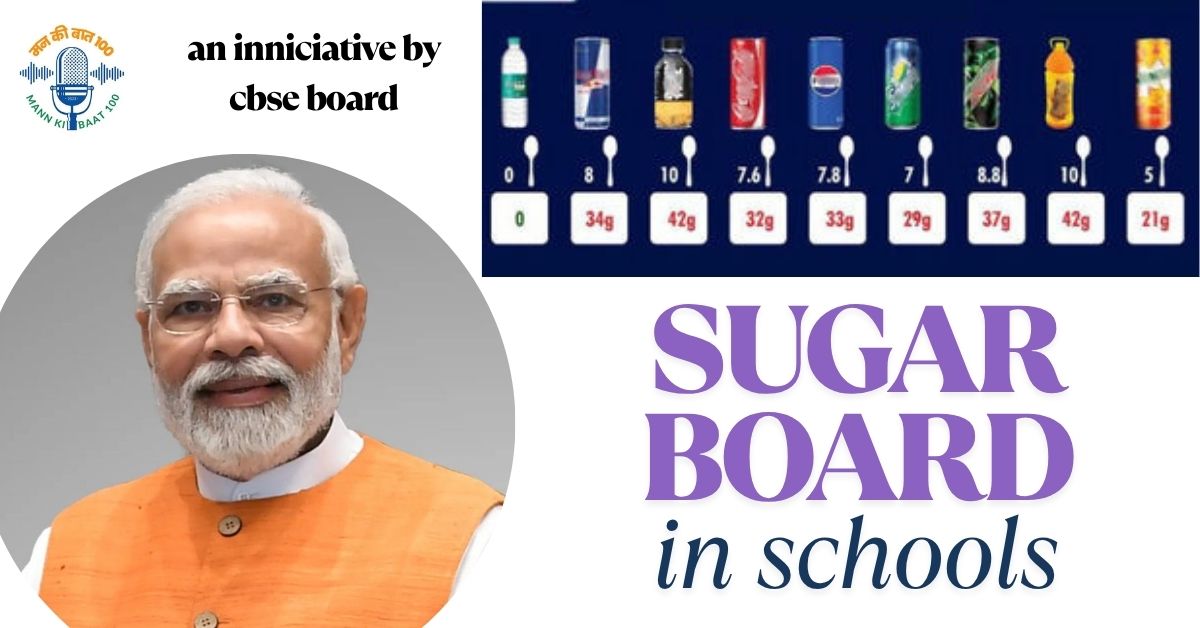
Have you ever checked how much sugar is hiding in your child’s favorite juice or snack? If not, you’re not alone—and that’s exactly why CBSE has taken a bold step to introduce Sugar Boards in schools across India. This student-friendly campaign aims to raise awareness about the sugar content in everyday food items and encourage healthier habits from an early age.
Let’s explore what sugar boards are, how this initiative started, and how schools can make the most of it.
What Is a Sugar Board?
A Sugar Board is a visual, informative display installed in schools that:
- Shows how much sugar is present in popular food and drink items (e.g., soft drinks, packaged juices, sweets).
- Highlights the recommended daily sugar intake (under 25 grams or 6 teaspoons for children, as per WHO guidelines).
- Educates students on the health risks of excess sugar—obesity, Type 2 diabetes, dental problems, and reduced concentration.
These boards often use pictures, infographics, and charts to make the information engaging and easy to understand, especially for primary and middle school children.
Sugar Board in Schools
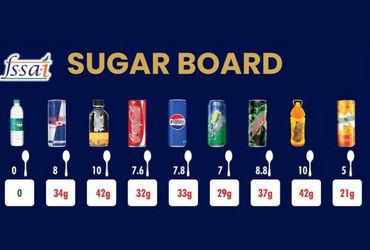
The Origin of the Initiative
The Sugar Board concept was officially introduced by the Central Board of Secondary Education (CBSE) in May 2025. It was initiated in collaboration with the National Commission for Protection of Child Rights (NCPCR), driven by growing concerns over:
- Increasing cases of childhood obesity and Type 2 diabetes
- Poor dietary habits due to easy availability of processed foods
- Lack of awareness among students, teachers, and parents about “hidden sugars”
CBSE issued circulars to over 24,000 affiliated schools encouraging them to install sugar boards and conduct awareness workshops. Schools were asked to submit reports with photos by July 2025.
Following CBSE’s lead, even CISCE and state boards have shown interest in adopting similar health awareness practices.
STHAULYA (OBESITY) A SUCCESS STORY-A CASE STUDY
Source : https://www.iamj.in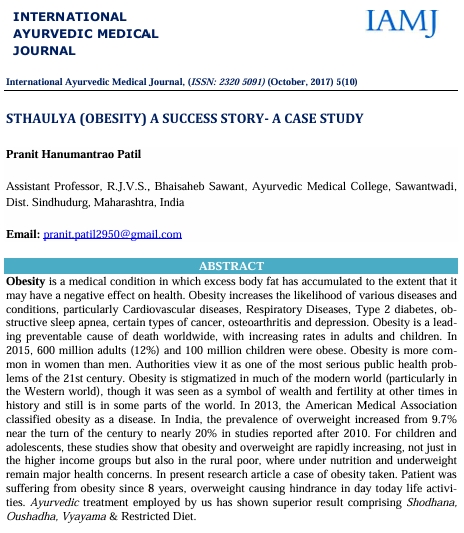
Why Sugar Boards Matter in Schools
Here’s why every school—CBSE, ICSE, or State Board—should seriously consider setting up a sugar board:
1. Easy-to-understand health education
Visual displays make it easier for students to grasp how much sugar they consume daily—especially in seemingly “harmless” items like flavored milk or ketchup.
2. Early prevention of lifestyle diseases
Creating awareness in school years can help reduce the risk of obesity, diabetes, and dental decay later in life.
3. Supports NEP 2020 goals
The National Education Policy (NEP) emphasizes life skills and health awareness. Sugar boards directly align with this vision.
4. Positive ripple effect at home
Children often share what they learn in school with parents. A sugar board can influence entire families to make healthier food choices.
How Schools Can Set Up a Sugar Board
Setting up a sugar board is simple, creative, and low-cost. Here’s how:
Step-by-Step Plan:
- Select a visible location – like near the assembly area, canteen, mess or main corridor.
- Create informative content – show sugar content in teaspoons for common items (soft drinks, energy bars, flavored yogurt, packaged juice).
- Use charts and real packets – empty wrappers or photos of real brands make the message relatable.
- Display alternatives – add suggestions like fruits, lemon water, or homemade snacks.
- Involve students – let students research, draw posters, or present skits on the topic.
- Conduct interactive sessions – invite doctors, nutritionists, or PE teachers for mini-talks.
Real Examples of Sugar Content in Popular Drinks
To make sugar awareness, schools can use everyday food and drink items to show students just how much sugar they’re consuming—often without even realizing it!
Here are a few eye-opening examples you can display on your school’s Sugar Board:
- A 300 ml cold drink contains around 8 teaspoons of sugar.
- A 125 ml mango drink has approximately 5 teaspoons of sugar.
That’s already more than the recommended daily sugar limit for children, which is no more than 6 teaspoons (25 grams) of added sugar per day, as per the World Health Organization (WHO).
What Should the Sugar Board Include?
An effective Sugar Board is more than just numbers—it should offer a complete picture that helps students make informed food choices. Here’s what to display:
Recommended daily sugar intake for children
Hidden sugar levels in common snacks and drinks
Health risks of excess sugar (obesity, diabetes, tooth decay)
Healthy alternatives like fruits, lemon water, and homemade snacks
Fun facts and graphics to keep it student-friendly
The Alarming Rise in Childhood Diabetes: Why This Matters Now
The National Commission for Protection of Child Rights (NCPCR) strongly recommends installing sugar boards in all schools across India, not just CBSE or ICSE, but also State Board schools. Here’s why this initiative is crucial:
- Type 2 Diabetes, once common only in adults, is now increasing rapidly among children.
- A major contributor is high sugar consumption through sugary snacks, candies, and drinks—often sold near or inside school campuses.
According to recent data from NCPCR:
- Children aged 4–10 years get about 13% of their daily calories from added sugar.
- Children aged 11–18 years consume up to 15% of daily calories from sugar.
This is 3 times higher than the safe limit of 5% recommended by health experts.
This data makes it clear: educating students about sugar isn’t just important—it’s urgent.
Beyond the Board: Long-Term Action
While sugar boards are a great first step, here are additional ways schools can promote health:
- Ban or restrict sales of HFSS foods (High Fat, Salt, Sugar) in and around school premises.
- Include nutrition literacy in classroom discussions.
- Celebrate “No Junk Food Week” or “Healthy Tiffin Days.”
- Partner with local health experts for student and parent workshops.
- Assembly talk by an expert.

Message for School Principals and Management
Dear educators,
We have a responsibility to provide our kids with truthful, scientifically supported health education in a society full of fast food and gaudy advertising. The Sugar Board project is your opportunity to make a significant, long-lasting difference without incurring significant expenses or significant adjustments. All it takes to change children’s thinking is a board and some truthful information.
Be the school that leads by example—install your sugar board today and empower your students to make sweeter (and healthier) choices in life.
Useful Resources

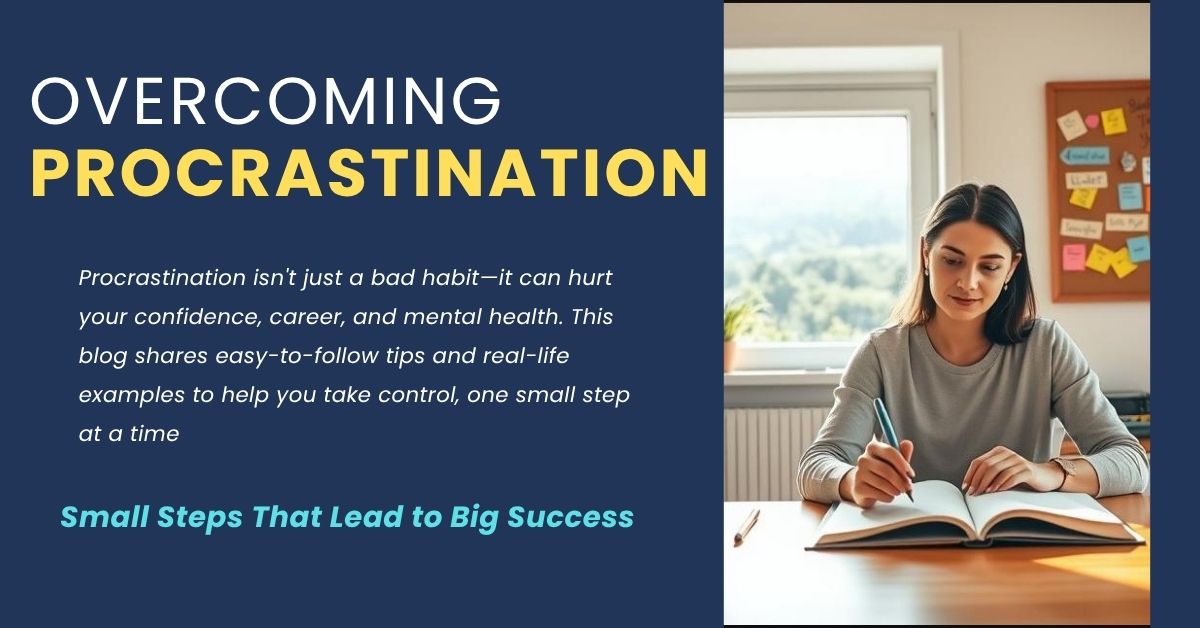








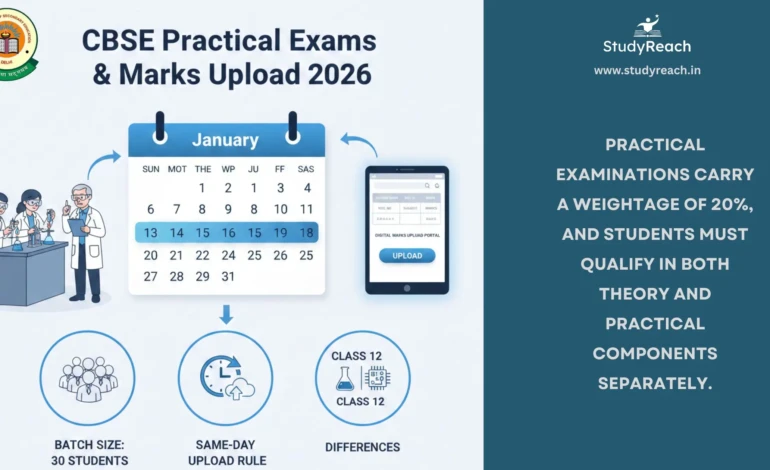
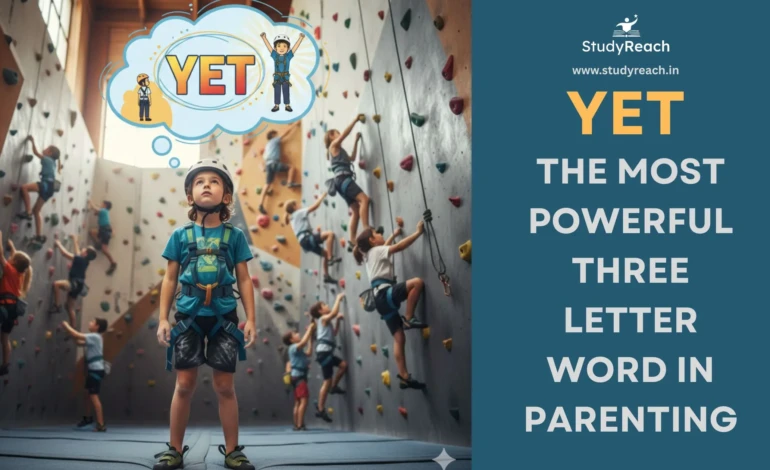




2 Comments
Amazing information.
[…] Sugar Boards in Schools: A Sweet Step Towards Healthier Habits […]